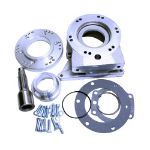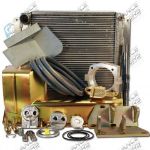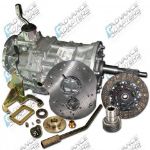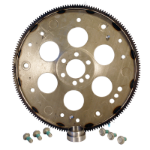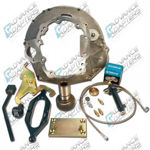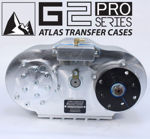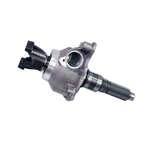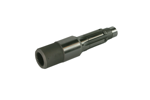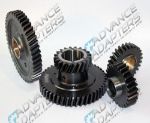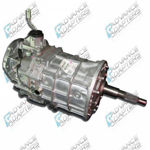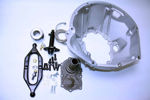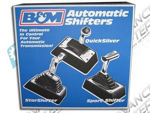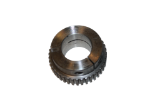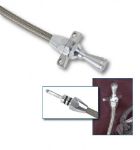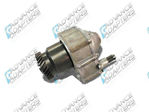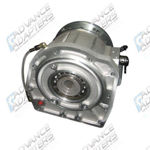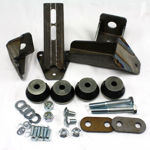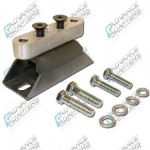How to Select the Perfect Dual Case Kit for Your Next Auto Project
Dual transfer case kits are how serious rock crawlers and off-road explorers get even more torque from their vehicles. They act as a reducer to add another set or two of low gears to what the main transfer case already produces so you have plenty of options. This guide looks at the factors you should consider when choosing a dual transfer case package so it gives the right amount of control for the terrain you want to tackle.
Crawl Ratio
Any transfer case installation or modification should be done with the crawl ratio in mind. Also known as the final drive ratio (FDR), this number reflects how much pull you have in the lowest possible gearing. Let’s say your goal is to have at least a 110 FDR for rock crawling, but your factory transmission and transfer case only produce a 40 FDR. That means your dual transfer case will need at least a 2.75:1 gear ratio to achieve the appropriate crawl ratio. Check the available gearing options to make sure the final combination meets your needs.
Matching the Spline
No matter what gear ratio you choose, the input shaft needs to match the gears. This lets the reduction box connect to the transmission and the main transfer case. For example, V8 Toyota trucks from the 1980s and 1990s generally have 21-spline transmissions while V6 trucks and four-cylinder turbos are 23 spline. Check your transmission to see what the factory input requires; if the dual case kit doesn’t match as-is, adapter couplers may be available.
What Is the Adapter Made of?
Your dual transfer case adapter is going to take a lot of abuse. Therefore, it needs to be constructed from high-quality materials. While full transfer cases are often made of cast iron, heavy-duty dual case kits are more likely to be crafted from aluminum. This is 20-30% lighter than cast iron while still being plenty strong for its purposes. With the adapter, you also don’t have to worry about internal part failures destroying it like you would an aluminum transfer case. Make sure it’s a high-grade aluminum like our 356-T6 heat-treated alloy.
Single or Twin Stick
Just like with regular transfer cases, the reduction box (aka crawler box) can have a single stick or twin stick shifter. A single-stick setup lets you switch between low- and high-range gears as you drive while the twin-stick configuration also lets you independently go between 2WD and 4WD. This ultimately comes down to personal preference; being able to switch drive engagement while moving has benefits, but some find the extra stick cumbersome and confusing.
Stock or Aftermarket Gears
In many doubler setups, you have a choice between keeping the OEM gears or adding lower aftermarket gears. Sometimes, you can combine the two. If you want to personalize the gearing, make sure your reduction housing will accept the desired gear set before purchasing. You don’t want to buy what you think is your dream combination only for them not to get along.


